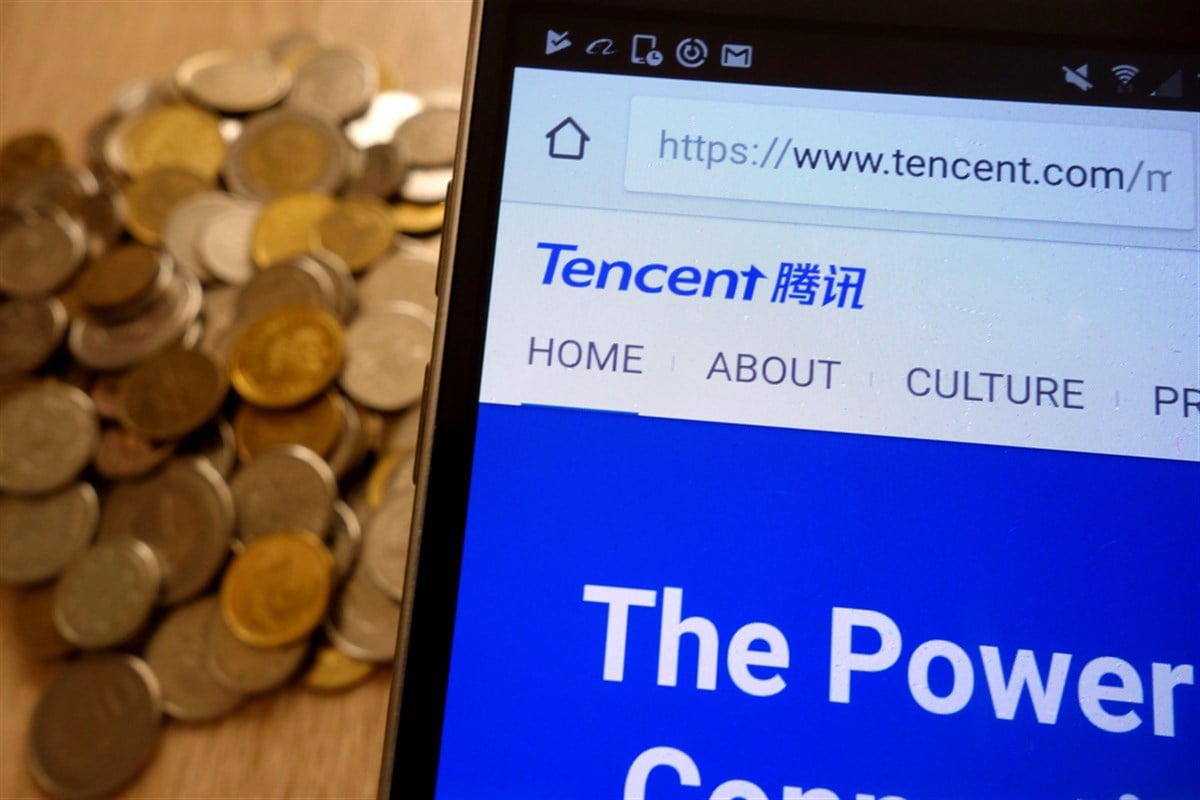
There is still a lot of work to be done, but it is starting to look like the technology sector in China’s stock market could soon be about to pose a recovery. There are not too many investors brave enough to venture into overseas markets, let alone China, given the current geopolitical tensions that negatively affect business valuations in the region. However, no country is excluded from these effects.
The figures are the figures, and higher risks should only give investors the confidence to command a bigger discount, a concept known as a margin of safety. Today, one of China’s technology giants, Tencent Holdings Ltd. (OTCMKTS: TCEHY), has reported its second quarter 2024 earnings results, showing investors why taking a second look at the region might be worth their while in today’s volatile environment.
However, before jumping ship and thinking of the market as a whole, it would be beneficial for investors to understand what is happening within Tencent’s business today, who likes it as a buy, and how Wall Street feels about the company moving forward. After all, the stock is down over 4% even after releasing an explosive quarter, so there could be danger up ahead.
Tencent Stock Gears Up as Business Drivers Accelerate
Price and value are often not the same thing, and the disconnect couldn’t be more obvious today than what investors can find in Tencent stock. Looking at what makes the business tick, here is what investors could – and should – focus on before dismissing the company just for being in China.
Revenue jumped by 8% over the year, which is impressive considering that China’s inflation rate has been lower than 1% for most – if not all – of that period. More than that, efficiencies are improving inside the company, as gross profits grew by a larger rate of 21% as a result of lower selling costs.
Customers are driving revenue jumps and economies of scale, enabling lower costs. Monthly active users for mobile devices reached 571 million, or a 3% increase over the year. User growth should lead to further monetization, and it did for Tencent’s advertising revenue.
Advertisement revenue grew by 19% in the quarter and 13% over the year, which is also a significant sign of financial conditions for businesses in China. Advertisement budgets are typically a good indicator of the business cycle.
These efficiencies and Tencent’s ability to grow despite a slowed economy resulted in near triple-digit growth for the one metric investors care about the most. Net income, attributable to shareholders, grew by as much as 82% over the past 12 months, leading to an 85% advance in earnings per share (EPS).
The headline for near triple-digit EPS growth should have been enough to send the stock flying, yet it has yet to reach a new 52-week high, and markets reacted by selling it on the news. This is where deep-value investors might gain an interest in the company, and one did.
The founder and manager of the world’s largest hedge fund, Ray Dalio, has been buying into the iShares MSCI China ETF (NASDAQ: MCHI) since 2023. Investors need to know that the ETF’s largest holding is in Tencent stock, up to 17% of the fund, so Dalio’s pick is a direct stamp of approval on Tencent’s optimistic future.
Ray Dalio Is Not Alone in His Tencent Optimism
Wall Street analysts now forecast 19.1% EPS growth for Tencent in the next 12 months, which is still above China's inflation rate and expected GDP growth rate. However, noticing the type of growth Tencent is delivering currently, which is near triple-digits, these forecasts could be on the conservative end of the spectrum.
Others on Wall Street could be betting on this view of Tencent steadily reporting above analyst forecasts, as those at Fidelity Securities now hold up to $100 million worth of Tencent stock.
Insiders and management also have something to add about Tencent's future outlook. Over the past quarter, up to 200,000 shares were bought back from the open market in a program worth as much as $4.7 billion.
This buyback amount equated to roughly 1% of the company's market capitalization, and that's typically the range where investors can expect more sudden bullish sentiment to start appearing, as management ultimately knows whether the stock is cheap enough to start buying.





